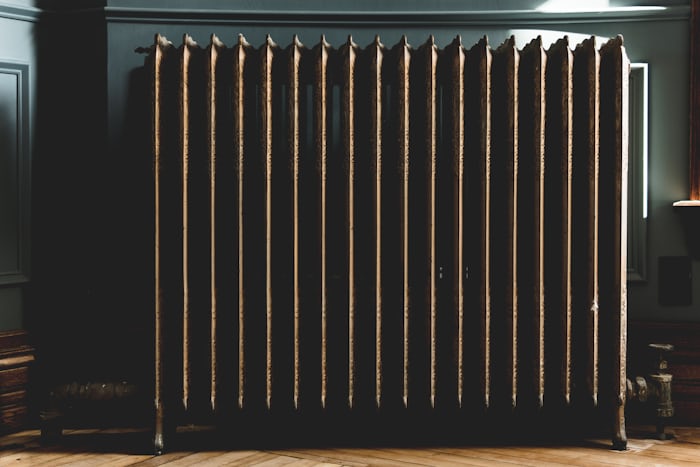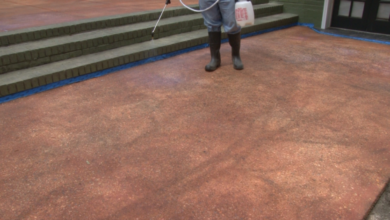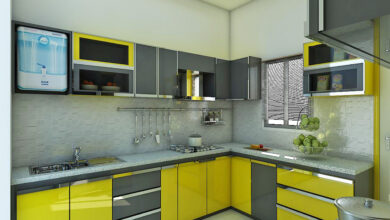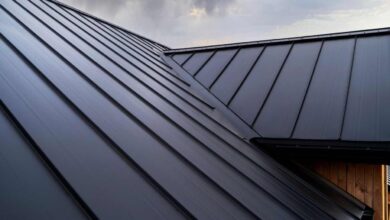Tackling Uneven Heating and Cooling in Your Home

Many homeowners experience the frustration of uneven heating and cooling in their homes — a common issue where some rooms remain too hot or cold, regardless of the season. This inconsistent comfort level not only impacts the quality of living within your space but can also signal underlying inefficiencies in your home’s heating, ventilation, and air conditioning (HVAC) system.
Understanding the causes and exploring solutions to rectify uneven temperatures can lead to enhanced comfort, reduced energy consumption, and potentially significant savings on utility bills.
If you’re looking to say goodbye to those pesky hot and cold spots in your home, get in touch with Autumn Air and take the first step to even out your indoor climate.
Potential causes of uneven home temperatures
Insufficient insulation
Insufficient insulation is often a primary cause of uneven home temperatures as it allows heat to escape during the winter and leak in during the summer. Areas lacking adequate insulation cannot retain the conditioned air, resulting in some rooms feeling significantly cooler or warmer than others.
Proper insulation acts as a barrier, maintaining a consistent temperature throughout and improving overall energy efficiency.
Poor ductwork design
The ductwork in your home is akin to the circulatory system in the human body, essential for distributing conditioned air from your HVAC system to each room. When duct design is flawed—be it from improper installation, sizing that doesn’t match the home’s layout, or leaks and blockages—it can lead to significant disparities in temperature.
Poor ductwork design hampers the efficient flow of air, causing certain areas to become too warm or too cold, which directly contributes to the challenge of maintaining even home temperatures. Ensuring that ductwork is appropriately designed and well-maintained is crucial for consistent heating and cooling distribution.
No HVAC maintenance
Regular maintenance of your HVAC system is critical in preventing uneven temperatures in your home. Much like any complex machinery, HVAC units require periodic check-ups to ensure all components function optimally.
Neglected systems can suffer from clogged filters, dusty vents, and worn-out parts, all of which can impede airflow and lead to irregular heating or cooling. By keeping your system well-maintained, you not only extend its lifespan but also maintain a consistent and comfortable temperature in every room.
Advanced solutions
Smart thermostats
Smart thermostats are a modern solution for achieving balanced home temperatures with precision and convenience. By learning your schedule and adapting to your temperature preferences, these intelligent devices ensure the efficient operation of your HVAC system.
They can independently adjust the heating or cooling in different zones of your home, targeting specific areas that require more attention. With the ability to remotely control your thermostat, you can fine-tune settings from anywhere, reducing energy waste and ensuring a consistently comfortable environment across all rooms.
Sealing and weatherproofing
Sealing and weatherproofing are critical in stabilizing your home’s indoor temperatures by preventing external weather conditions from affecting indoor comfort. Gaps or cracks in a home’s envelope — including windows, doors, and foundations — can let in drafts or allow conditioned air to escape, leading to uneven temperatures.
By implementing weatherproofing measures such as caulking, weatherstripping, and insulating window films, you can seal these leaks, maintaining consistent temperature levels and improving your HVAC system’s efficiency.
Energy Recovery Ventilators (ERVs)
Energy Recovery Ventilators (ERVs) are an innovative solution for enhancing your home’s airflow and eliminating uneven heating and cooling. These devices function by exchanging old indoor air for fresh outdoor air. They recover heat energy while maintaining the indoor temperature.
ERVs are particularly effective in homes with airtight construction, as they ensure a continuous influx of fresh air without the energy loss typically associated with traditional ventilation methods. By balancing humidity levels and reducing the strain on your HVAC system, ERVs can lead to more uniform temperatures throughout your home, improving comfort and reducing energy costs.



